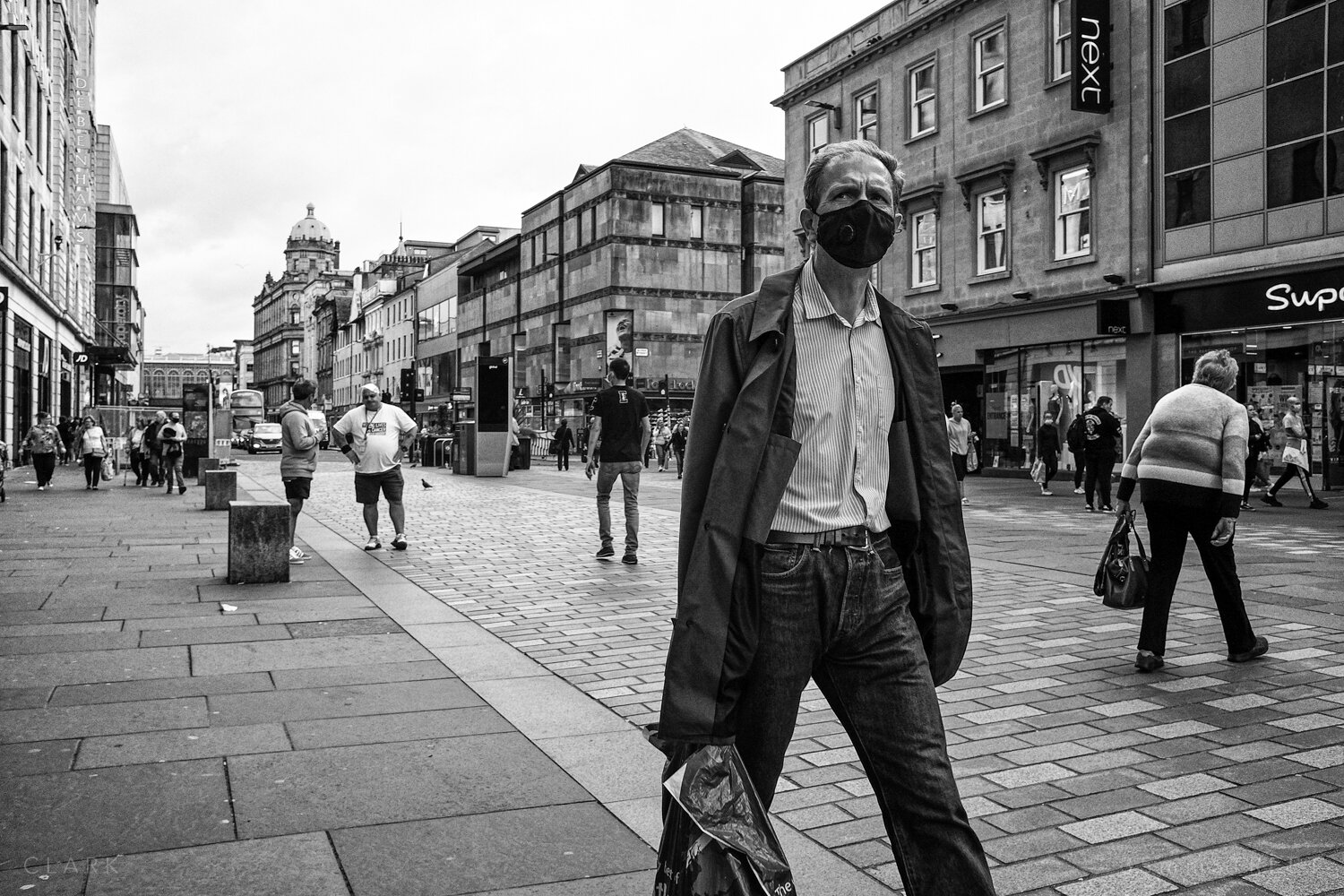The 15-Second Trick For Street Photographers
Table of ContentsNot known Details About Street Photographers The 5-Minute Rule for Street PhotographersThe Only Guide to Street PhotographersThe Ultimate Guide To Street PhotographersThe Greatest Guide To Street Photographers
Street photographers do not necessarily have a social function in mind, but they favor to separate and record moments which may otherwise go unnoticed.Though he was affected by a number of those that affected the street professional photographers of the 1950s and '60s, he was not primarily thinking about catching the spirit of the street. The impulse to visually record people in public began with 19th-century painters such as Edgar Degas, douard Manet, and Henri de Toulouse-Lautrec, that functioned side by side with professional photographers trying to capture the essence of urban life.

Offered the fine high quality of his photos and the breadth of material, architects and musicians often acquired Atget's prints to make use of as referral for their own job, though business interests were hardly his major motivation. Instead, he was driven to picture every last remnant of the Paris he enjoyed.
Street Photographers Can Be Fun For Everyone
They expose the city through his eyes. His work and basic understanding of digital photography as an art type served as inspiration to generations of professional photographers that complied with. The following generation of street photographers, though they likely did not refer to themselves thus, was ushered in by the photojournalism of Hungarian-born photographer Andr Kertsz.
Unlike his peers, Brassa made use of a larger-format Voigtlnder camera with a longer direct exposure time, forcing him to be much more calculated and thoughtful in his practice than he might have been if using a Leica. (It is assumed that he may not have had the ability to pay for a Leica at that time, however websites he did, nevertheless, use one in the late 1950s to take colour photographs.) Brassa's photos of the Paris abyss brightened by synthetic light were a discovery, and the collection of the series that he published, (1933 ), was a significant success.
Cartier-Bresson was a champ of the Leica cam and one of the initial digital photographers to maximize its abilities. The Leica enabled the photographer to connect with the environments and to capture minutes as they occurred - Street Photographers. Its fairly small dimension likewise assisted the digital photographer discolor into the background, which was Cartier-Bresson's favored technique
Get This Report on Street Photographers
It is as a result of this essential understanding of the art of picture taking that he is usually attributed with rediscovering the tool around again about a century given that its innovation. He took pictures for even more than a half century and influenced generations of photographers to trust their eye and instinct in the moment.
These are the inquiries I shall try to respond to: And then I'll leave you with my own definition of street photography. Yes, we do. Let's kick off with defining what a meaning is: According to it is: "The act of defining, or of making something precise, unique, or clear".
No, most definitely not. The term is both limiting and deceiving. Seems blog like a street digital photography ought to be photos of a roads best?! And all street professional photographers, besides a little number of outright beginners, will completely value that a road is not the crucial part to road digital photography, and really if it's a picture of a street with possibly a few monotonous individuals not doing anything of interest, that's not road photography that's a photo of a street.
He makes a legitimate point don't you believe? While Related Site I concur with him I'm not sure "honest public photography" will catch on (although I do kind of like the term "honest photography") since "road photography" has been around for a lengthy time, with many masters' names connected to it, so I think the term is below to remain.
The Best Strategy To Use For Street Photographers
You can shoot at the coastline, at a festival, in a street, in a park, in a piazza, in a cafe, at a museum or art gallery, in a metro station, at an occasion, on a bridge, under a bridge ...
Yes, I'm afraid we have no choice! Without rules we can not have an interpretation, and without an interpretation we don't have a style, and without a genre we don't have anything to specify what we do, and so we are stuck in a "policies interpretation genre" loop! - Street Photographers
Street Photographers Can Be Fun For Everyone
